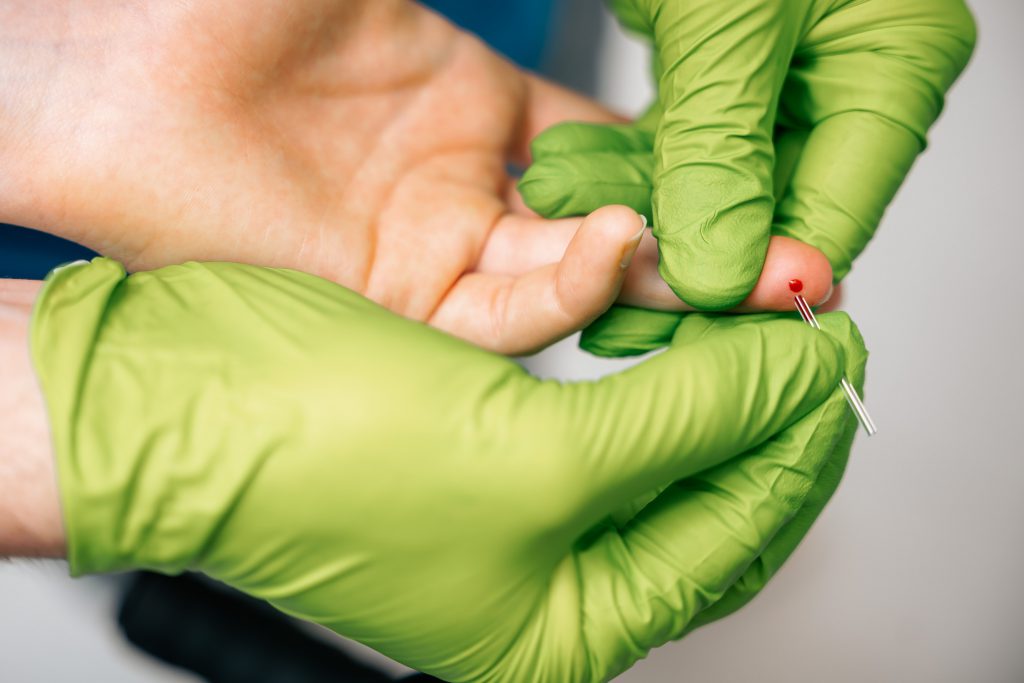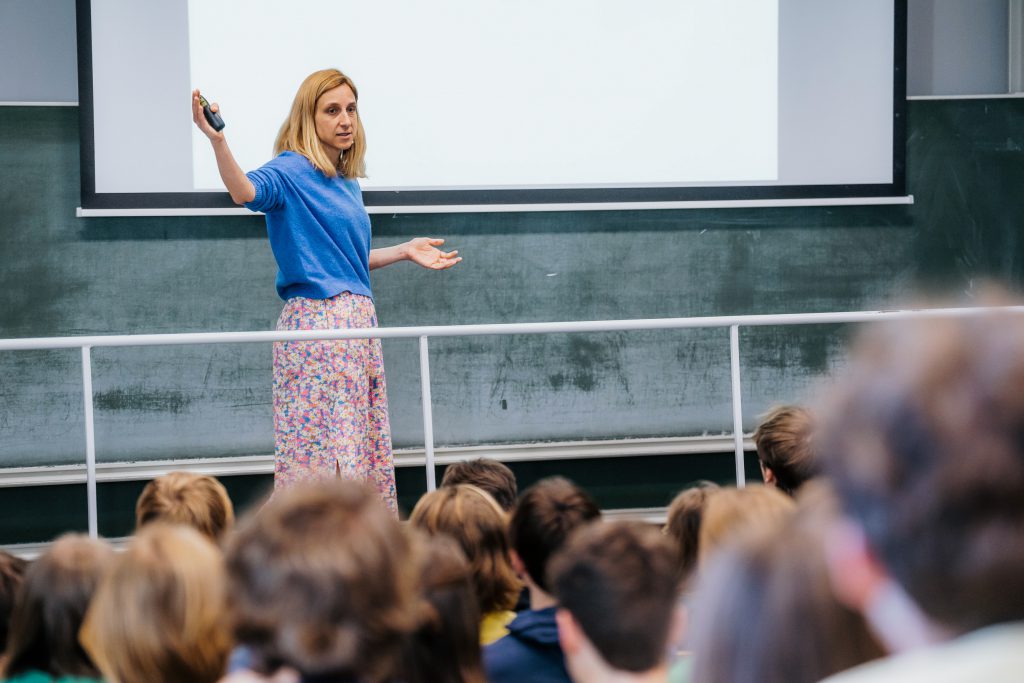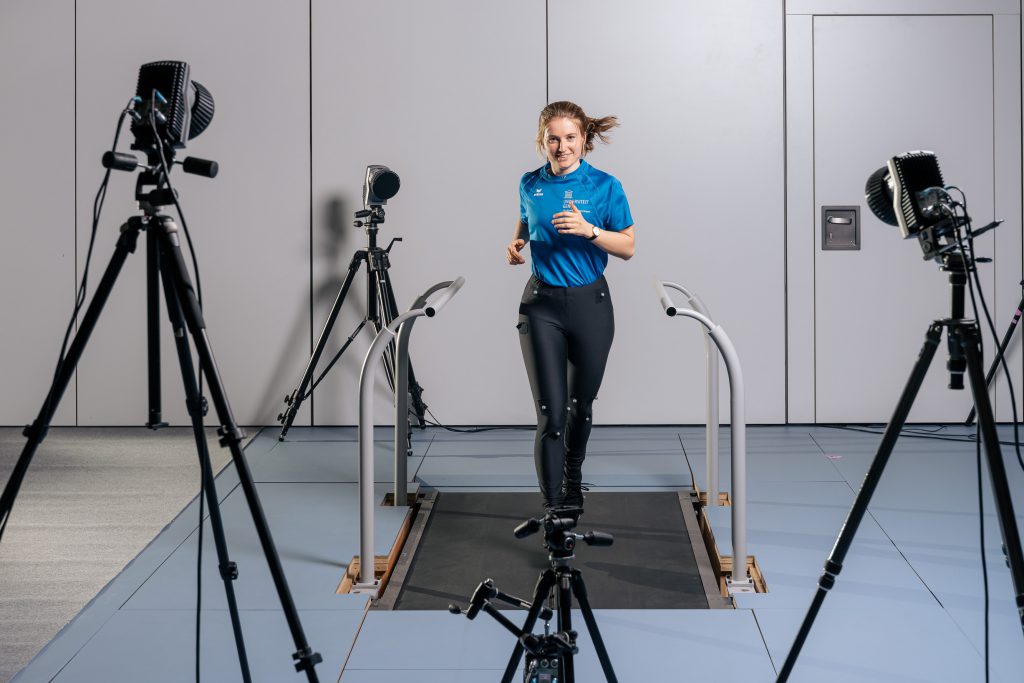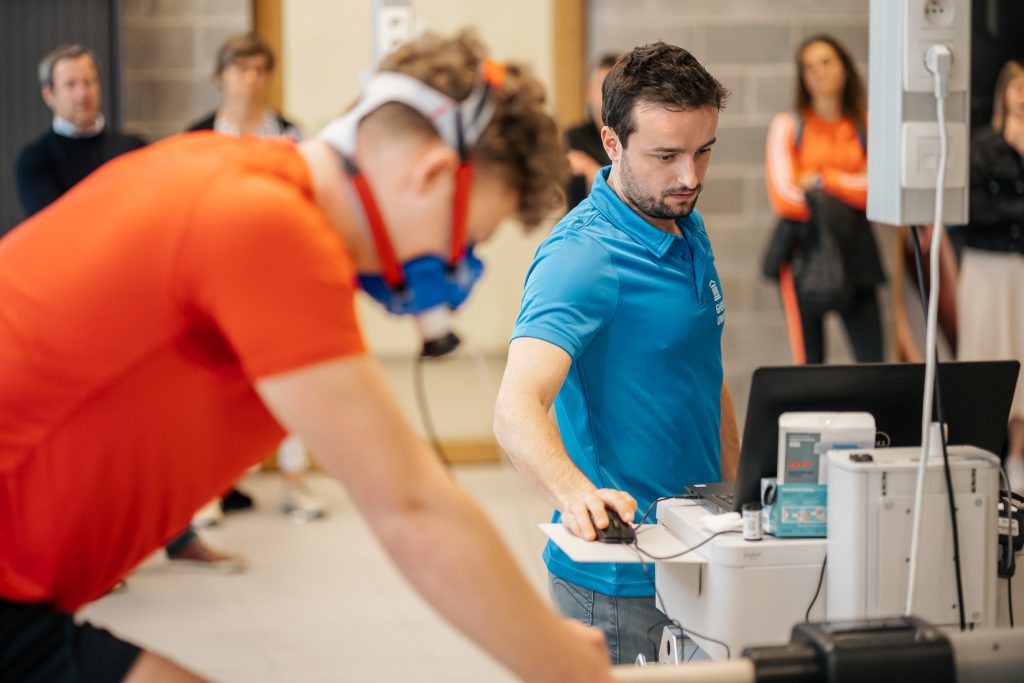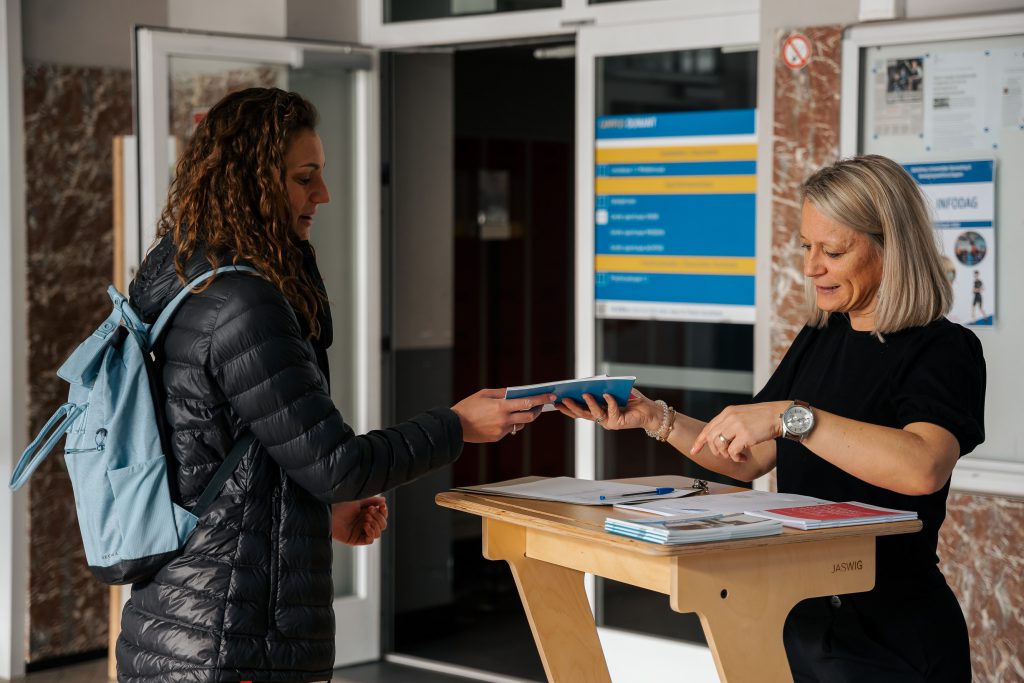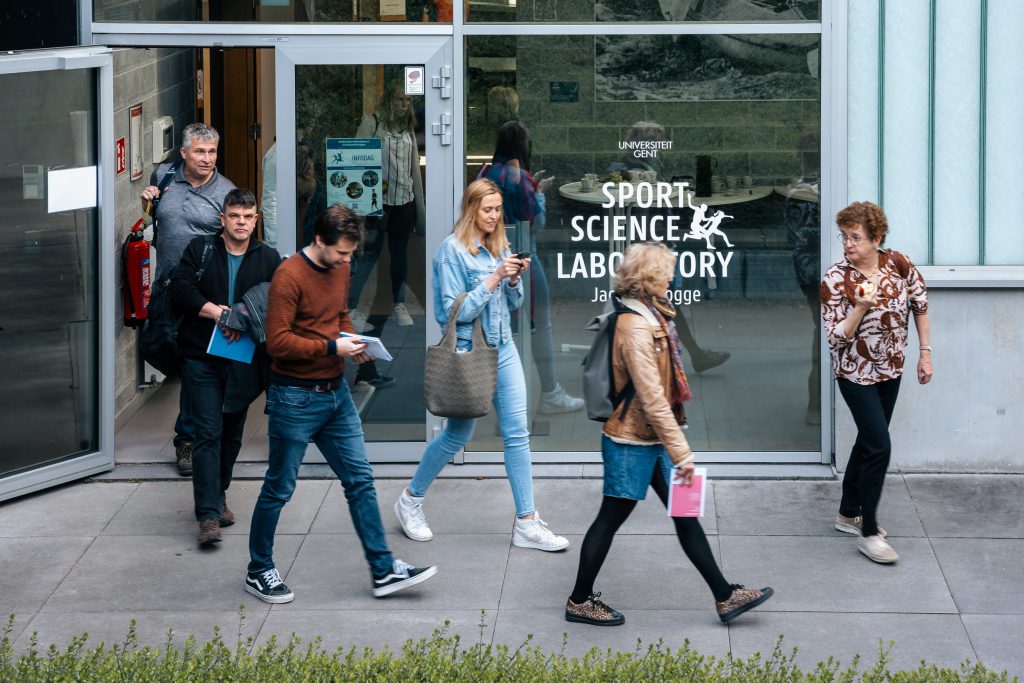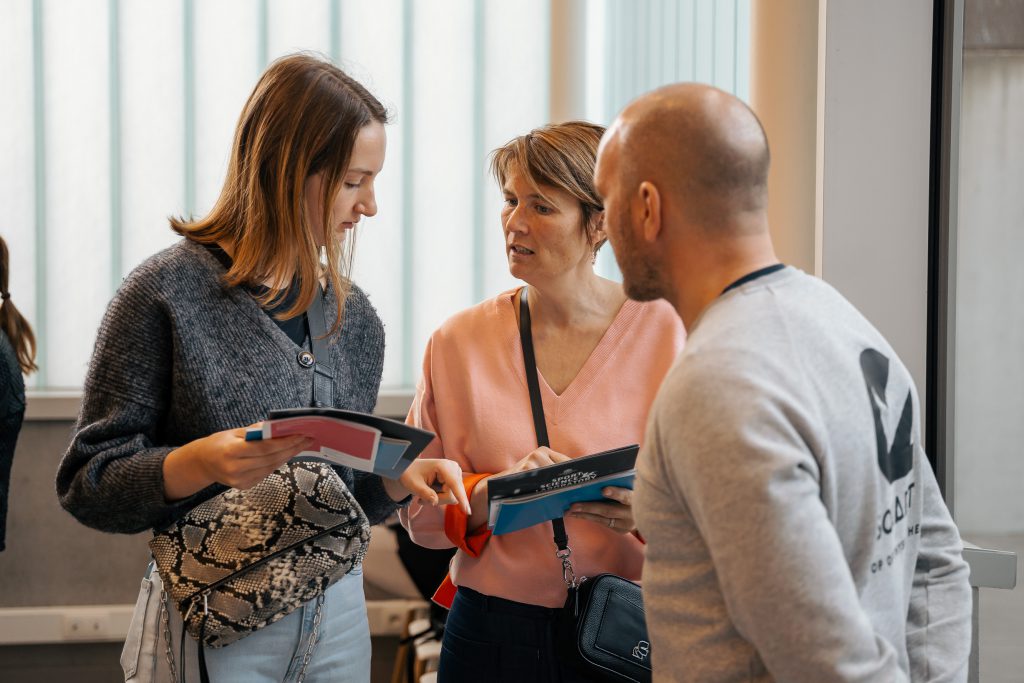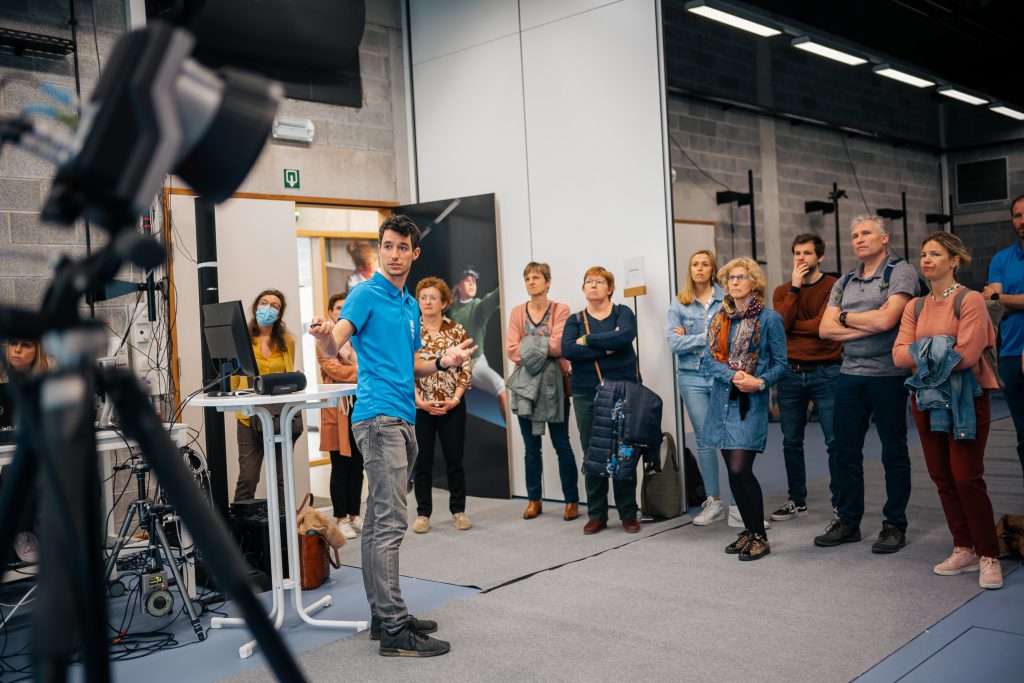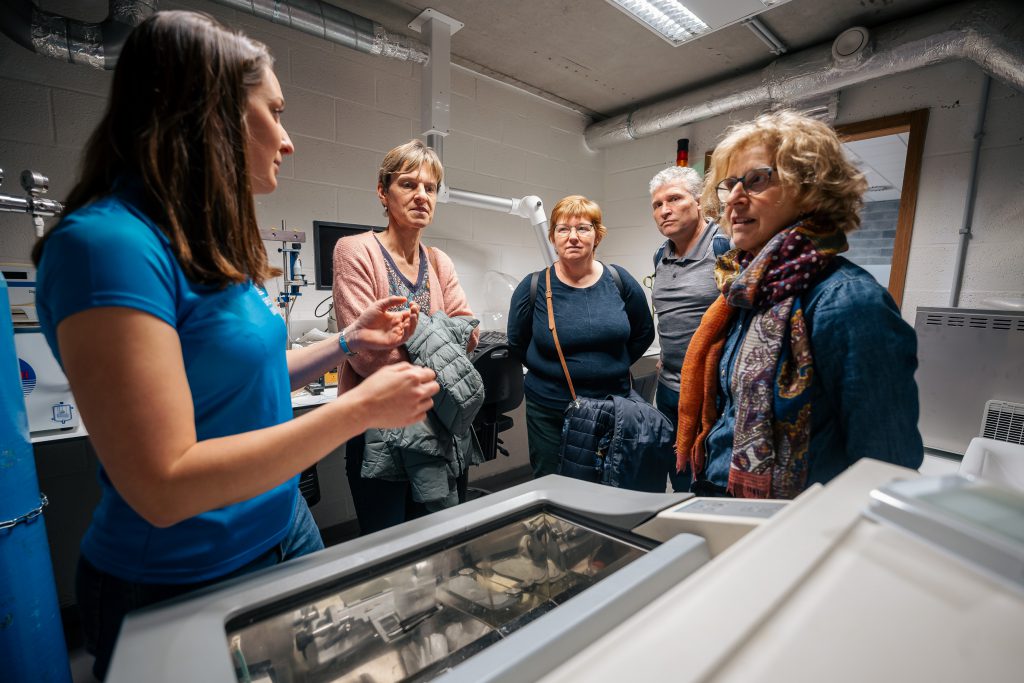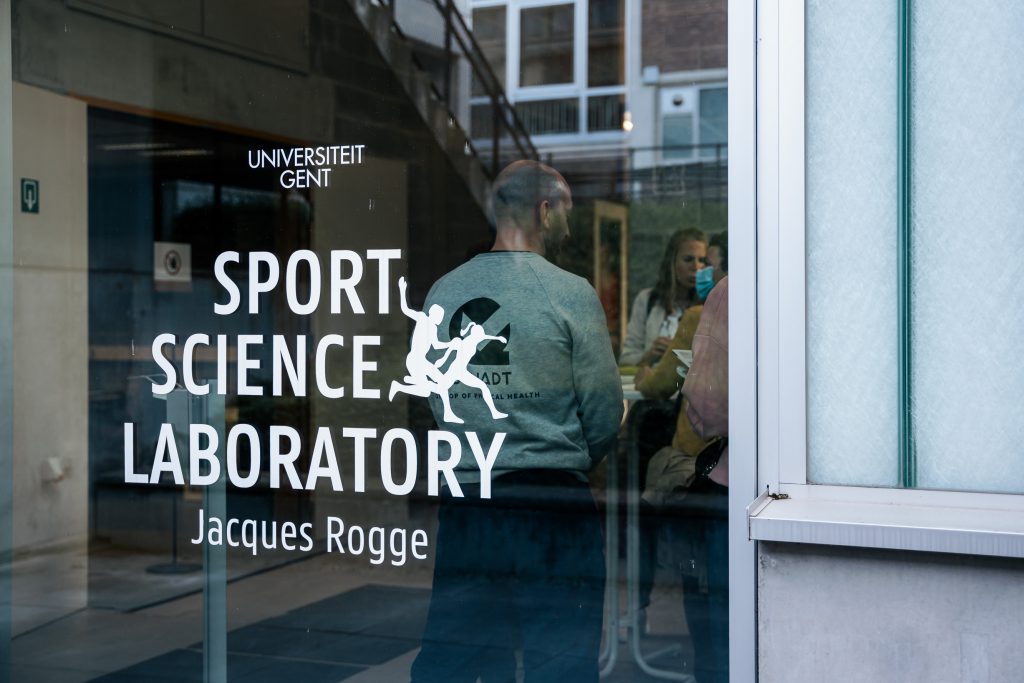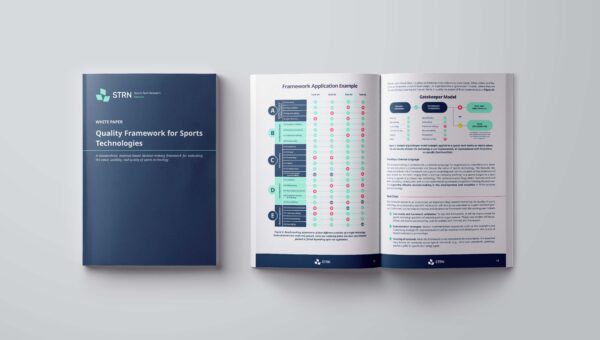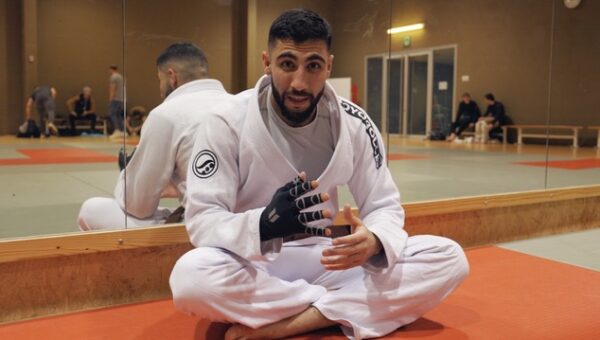The Department of Movement and Sports Sciences recently organized a visiting day to the Sport Science Laboratory – Jacques Rogge. Physical Education and Science teachers and students in their final year of secondary education could register and learn, see and experience what’s happening in this fascinating facility. Here’s a short recap of the day.
What did the visiting day look like?
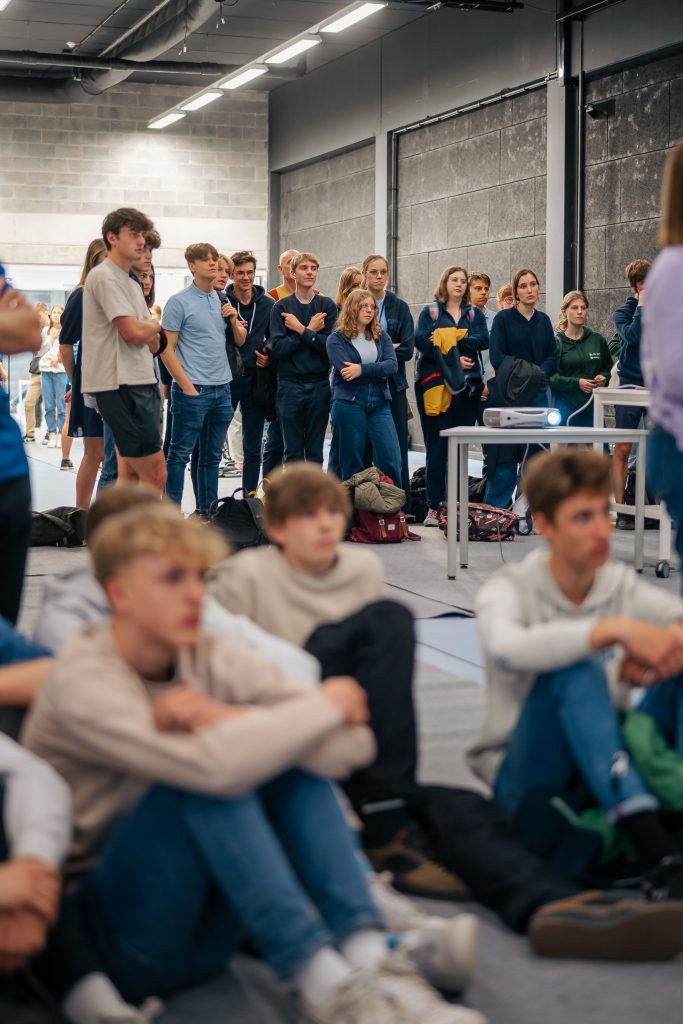
The people who work in the laboratory (doctoral students, scientific staff…) guided the visitors through the various demo stands. Ongoing research in the various departments was explained and demonstrated. In general, the lab is divided into different sections depending on the type of research: biomechanics, motor control of human movement, exercise physiology and sports nutrition. The participants could be test subjects for different setups where data was captured with high-tech equipment and the personnel explained the relevance of these type of measurements.
The demonstrations were all fascinating. This visiting day gave me a unique view on the broad spectrum of sports science research
According to one of the teachers
The teachers and students were inspired by the many different research activities done in the lab. Maybe a few of the students will come and study here next year? Of course, they can feel more than welcome!
We have been organizing the visiting day for several years now. Yet I also remain amazed every time I walk through the lab and see the various demonstrations: we can be proud of all the high level research of our department!
Kevin Caen, postdoctoral researcher.
A place with top-level sports research
The Laboratory for Biomechanics of Human Movement performs state of the art analysis of human movement by combining kinematic and kinetic measurements, often in combination with electromyography. Through a better understanding of the neuromechanical interaction of the moving body and the environment, they aim to answer research questions related to the optimisation of learning processes, (sports)performance, and musculoskeletal loading.
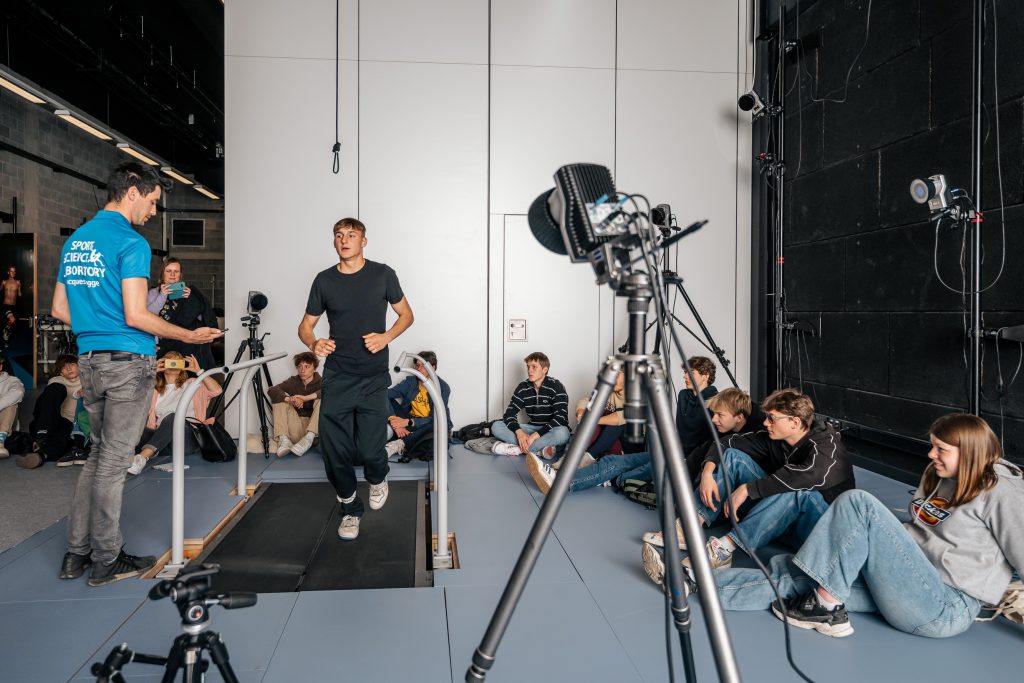
The Laboratory for Motor Control of Human Movement seeks to better understand processes involved in the development and control of skillful human behavior. It’s the aim to optimize motor learning of complex skills (e.g. bicycle riding) and to support elite sports clubs and federations with structured talent identification.
On the other hand, the research group on Exercise Physiology investigates the acute and chronic adaptations of exercise on the human body. They did a demonstration on the execution of laboratory exercise tests to evaluate the physical fitness of athletes.
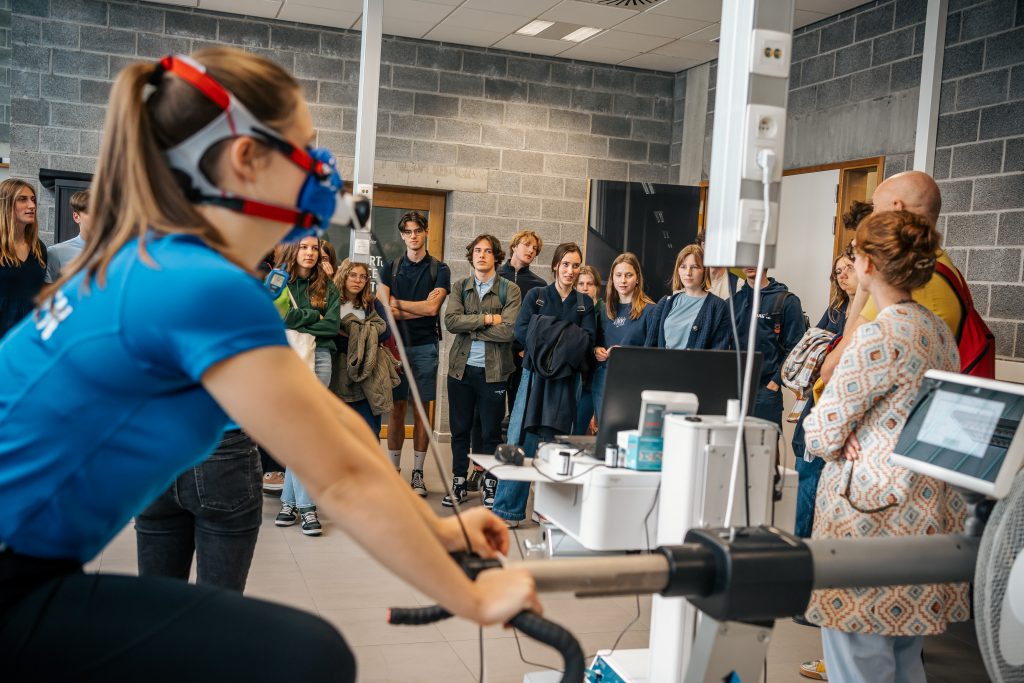
The research group on Sports Nutrition also has a strong expertise in the rational development of novel dietary supplements. Based on a thorough knowledge of the biochemical processes in skeletal muscle cells and of the limiting factors of exercise capacity, new nutritional strategies are explored and tested. They aim to make an impact on both the performance enhancement to (elite) athletes as well as health targets for the active population.
The other research groups of the department were also represented in the lab. The Sports Management research group conducts research in the area of sport-for-all management and policy with a particular focus on inter-organizational collaborations, and in ethics management in sport.
The Sports Pedagogy research group on the other hand guarantees high-quality, internationally recognized and innovative scientific research regarding the motivating and demotivating style of physical education teachers and (top)sport coaches. From research in the context of physical education and sport, they make the transfer to sport management (managers), education (teachers, teacher education), and the health sector (health professionals).
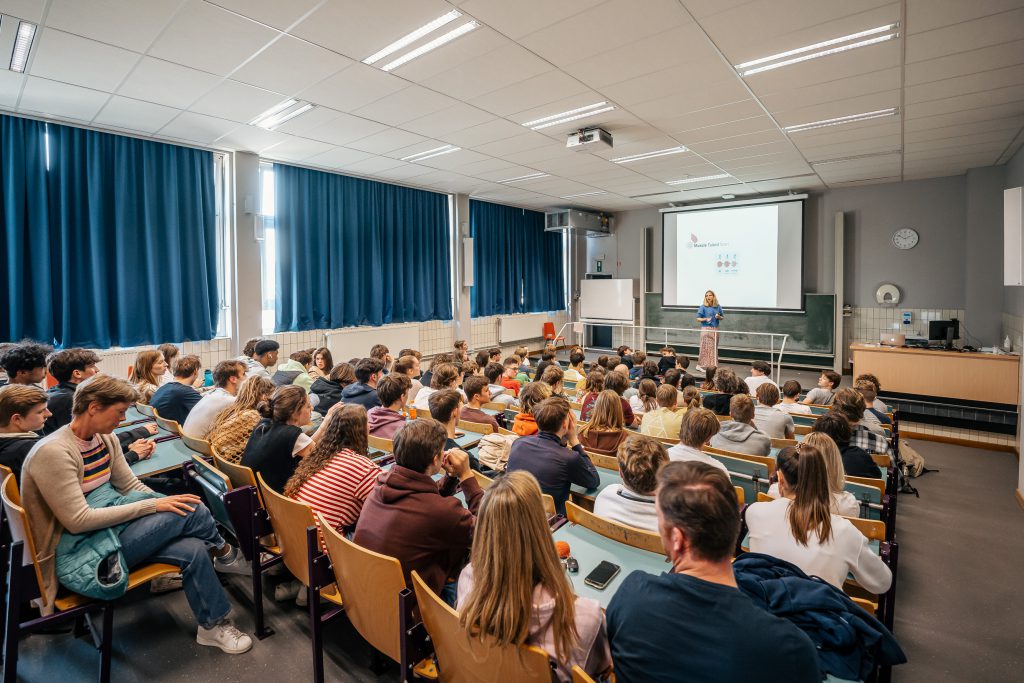
Also, the research group Physical Activity and Health was represented in the lab. Their main focus lies in health promotion and behavioral change with special attention to physical activity, sedentary behavior and nutrition. During the past years, the research group has conducted numerous studies across all age groups and this on:
- the monitoring and measuring of physical activity, sedentary behavior and nutrition
- the identification of psychosocial and environmental determinants of those behaviors
- the development, implementation and evaluation of health promotion interventions.
Example of a research-to-market project with high societal relevance.
A team of running biomechanics experts, musicologists and engineers have been working on a system that can lower the tibial shocks in high impact runners. A high variety of studies on reliability, validity and proof-of-concept has already been conducted. This has a high societal relevance because of the popularity of running among many populations, and also because of the many distance runners who develop some form of overuse injuries. Running retraining with the help of real-time feedback may help in the reduction and management of some of those injuries. Many subjects have been tested in the Sport Science Laboratory on treadmills by means of visual feedback on a computer screen in front of the runner. To go out of the lab and clinical environment, the Biomechanics team has developed a wearable tool that provides music-based feedback on a runner’s impact shock magnitude: Lower Impact Running. Read about it in one of our other blogs.

Future developments and ongoing research with this patent-pending system have the potential to reduce the number of injuries and associated costs, and may help people to ‘keep on running‘.
The Lower Impact Running project, supported by the Industrial Research Fund, contains a variety of assets as hard- and software prototypes, datasets, validation studies, insights from end users and most importantly, a great team, which now enters into the next phase of the valorisation process: preparing for a spin-off after Summer.
Kristof De Mey
In the end, what do we want to achieve with the lab?
The Sport Science Laboratory – Jacques Rogge is a place where novel scientific insights can be developed in the various disciplines of movement and sports sciences. Researchers can perform experimental research on gross human motor skills, with innovative methods and know-how from kinesiology, engineering and musicology within the iRUNman consortium (“Integrated Research UNit for human Motion Analysis”). The lab also supports high-quality academic education and training because of the excellent research infrastructure. It brings expertise to research groups and companies, for observational and interventional experiments on human exercise and locomotion. And from the Victoris point of view it’s an opportunity to actively pursue technology transfer and aim to valorize findings towards society and industry.
Do you have any questions about the Sport Science Laboratory? Take a look at the folder below or get in touch with us!
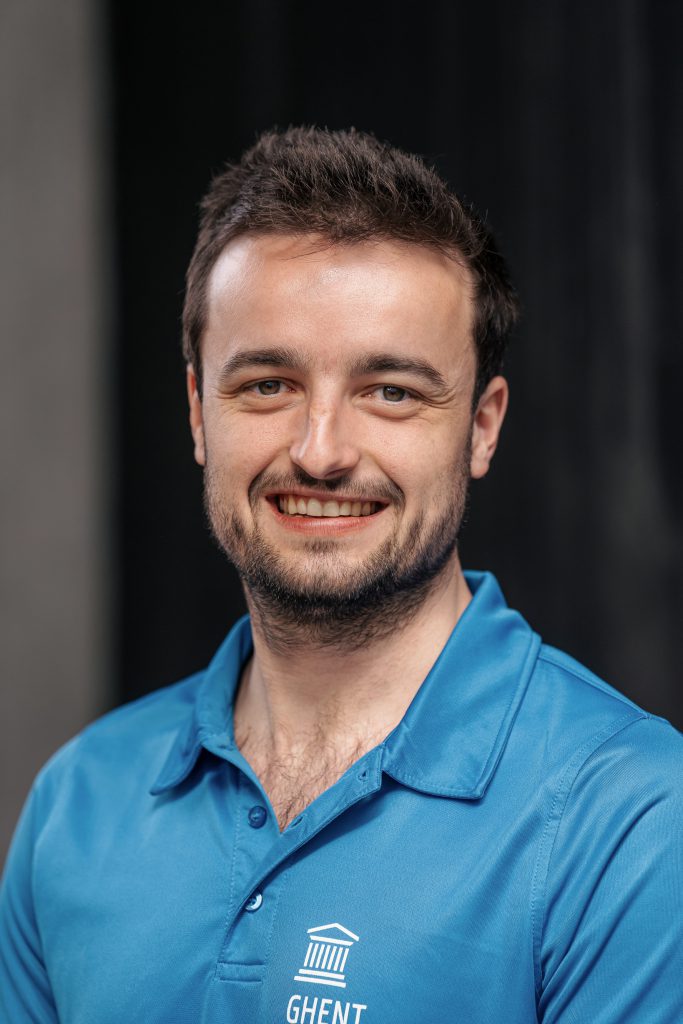
For all your general questions, contact us through our website!
Do you have any questions about the visiting day or the Sport Science laboratory? Contact Kevin Caen!
Enjoy some other pictures of the day:

